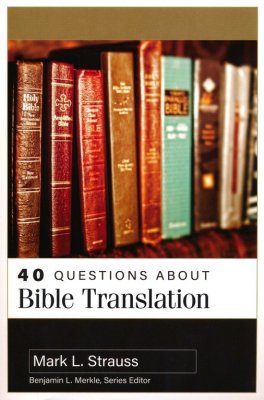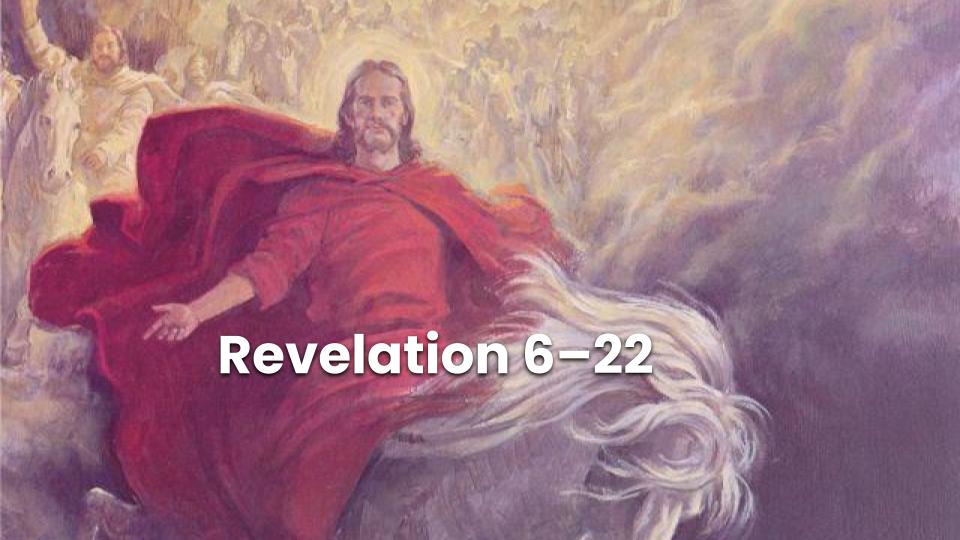Elder Bruce R. McConkie said, “Our understanding of the prophetic word will be greatly expanded if we know how one prophet quotes another, usually without acknowledging his source.”[1] In other words, if we can see how scriptural authors use each other words, our understanding of the scriptures will increase.
A fancy word for how two texts related to each other is intertextuality. Some texts have large-scale intertextuality, like West Side Story and Romeo and Juliet. Other times intertextuality can be more subtle. Consider a scriptural example:
Paul writes to the Corinthians seeking financial contributions to assist others in need: “For I mean not that other men be eased, and ye burdened: But by an equality, that now at this time your abundance may be a supply for their want, that their abundance also may be a supply for your want: that there may be equality: As it is written, He that had gathered much had nothing over; and he that had gathered little had no lack” (2 Corinthians 8:13–15, emphasis added).
The phrase as it is written signals to the reader that Paul is utilizing another text. In this case, Paul is referencing Exodus 16:16–18: “Gather of [the manna] every man according to his eating, an omer for every man. . . . And the children of Israel did so, and gathered, some more, some less. And when they did mete it with an omer, he that gathered much had nothing over, and he that gathered little had no lack” (emphasis added).
Paul, writing to those who had more than sufficient for their needs, reminds them that when God provided manna, he made sure that everyone had the right amount – not too much and not too little. Paul uses this account to encourage the Corinthians to support the poor in Jerusalem. By recognizing the context of this quotation, Paul’s argument becomes much clearer, and we can more easily see application for our own lives.
Recently, a student pointed out an interesting piece of intertextuality that I had previously missed. It’s connected with the famous account of Jacob’s ladder:

And Jacob went out from Beer-sheba, and went toward Haran. And he lighted upon a certain place, and tarried there all night, because the sun was set; and he took of the stones of that place, and put them for his pillows, and lay down in that place to sleep. And he dreamed, and behold a ladder set up on the earth, and the top of it reached to heaven: and behold the angels of God ascending and descending on it (Genesis 28:10–12).
Now compare that passage with what Christ says to Nathanael:
Nathanael answered and saith unto him, Rabbi, thou art the Son of God; thou art the King of Israel. Jesus answered and said unto him, Because I said unto thee, I saw thee under the fig tree, believest thou? thou shalt see greater things than these. And he saith unto him, Verily, verily, I say unto you, Hereafter ye shall see heaven open, and the angels of God ascending and descending upon the Son of man (John 1:49–51).
These are the only two verses in all of scripture where the words “angels,” “ascending,” and “descending” all appear together, so clearly it’s an intentional connection. In Jacob’s vision angels are using a ladder to get back and forth from heaven – the ladder is the connection point. But Jesus changes that. He says that angels will ascend and descend on the Son of man. In other words, the link between heaven and earth is not the ladder – it’s the Savior. Seeing this connection helped deepen my understanding of both passages and my appreciation of Christ’s role as our Savior.
There is lots of New Testament – Old Testament intertextuality and I’ll be sharing more of these examples as time goes on. One area that I’ve spent a lot of time researching is Book of Mormon intertextuality – specifically how various authors in the Book of Mormon use each other’s words and what we can learn from recognizing these connections. I’m planning to write summary blog posts about articles I’ve written on Book of Mormon intertextuality, but in the meantime, here are the links to full articles (I’ve given the links snappier titles than the actual articles):
Which Old Testament Psalms appear in the Book of Mormon and who uses them most frequently?
What does Alma’s use of Abinadi’s words tell me about teaching my children?
How do later prophets use Abinadi’s words?
More of my Book of Mormon research is available here.
Last note–we can also refer to intertextuality within the Book of Mormon as intratextuality (because the connections are within a text).
[1] Bruce R. McConkie, “The Doctrinal Restoration,” in The Joseph Smith Translation, ed. Monte S. Nyman and Robert L. Millet (Provo, UT: Religious Studies Center, Brigham Young University, 1985), 17.





